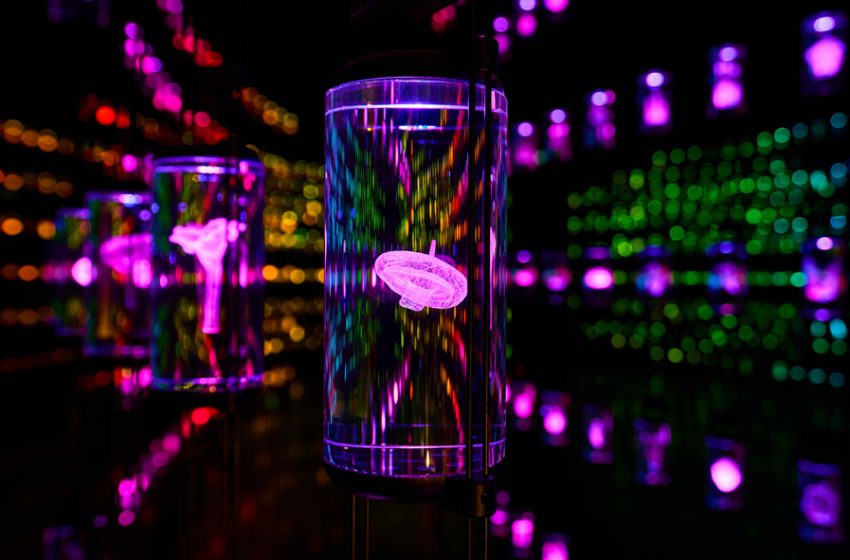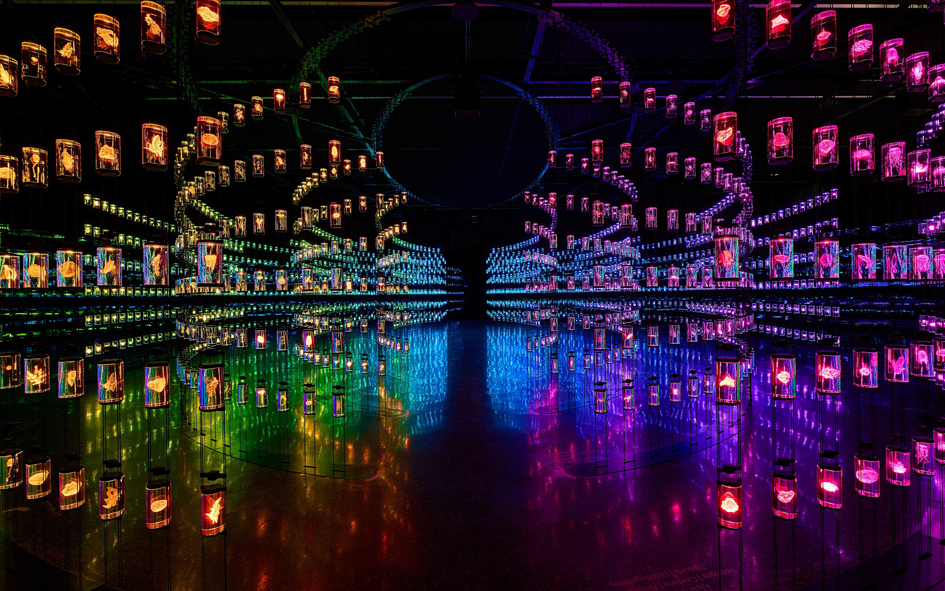Clinique La Prairie Brings Pioneering Stem Cell Treatment to Dubai
LEARN THE SECRETS OF EARTH’S NATURAL ECOSYSTEM AT THE MUSEUM OF THE FUTURE’S LIBRARY OF LIFE

Feature: 22 May 2023 – International Day for Biological Diversity
On United Nations International Day for Biological Diversity on 22 May, discover how the ‘Library of Life’ at the Museum of the Future reveals the interconnectedness of Earth’s natural ecosystem, helps guests learn about the dangers of biodiversity imbalance, and inspires visitors to help protect and restore the world’s rich resources.
Globally, thousands of animal and plant species are under threat of extinction with species including the Hawksbill Turtle and the Arabian Leopard, appearing on the critically endangered list. Scientists and researchers have long recognized the impact of reduced biodiversity on ecosystems – impacting nature, plants, animals, and humans, and threatening the world we live in.

A potential loss of biodiversity will present significant impacts and potential challenges for Planet Earth as a whole. Reduced biodiversity within a particular species, geographical area, wider ecosystem, or within the global biosphere will negatively affect species and humans at a number of levels. A decline in the variety of life can lead to a breakdown in the functioning of the ecosystem and can contribute to a number of factors including a reduction in freshwater, plant life, and crops as well as create an imbalance in the overall ecosystem.
Our planet depends on healthy, vibrant, and diverse ecosystems, instilling respect and a deeper understanding of our world is crucial to help reverse the damage and stop the loss of ecosystems and habitats worldwide.
As a global platform focused on studying the future, designing its ideas, and creating deep discussions about emerging scientific and environmental trends, the Museum of the Future plays a key role in inspiring visitors to protect and preserve our natural ecosystem.
Forming an integral part of the ‘Heal Institute’, located on the fourth floor of the museum, the library nurtures the public’s imagination and inspires visitors to connect deeply with the species around them, whilst instilling a deep sense of responsibility for nature and the environment.
Visitors stepping into the library will discover an engaging and interactive world, where they will be immersed within an awe-inspiring display of thousands of unique species, whilst learning about ways we can work together to repair, restore and renew our planetary ecology.
Acting as an interactive and constantly evolving laboratory where visitors can comprehend the magnitude of life in the future: biological, synthetic, artificial, and beyond, the library comprises an enormous interactive installation of 2,400 three–dimensional crystal specimen jars, which brings to life the scale of the world’s ecological abundance. Utilizing advanced technology, models of species including endangered and extinct specimens have been etched into cylinders of solid crystal glass using laser technology, creating a breathtaking display. The installation also enables visitors to interact with specific species and access information stored in the vast taxonomic database.
Visitors to the museum can use a special BioSynth handheld device, which brings the magnificent complexity of earth’s ecosystems to life before their eyes, and explore a catalog of the world’s biodiversity, including extinct, existing, and emerging lifeforms, and extract the genetic code of the species, all whilst being transported to the Amazon rainforest, by the power of sound.
Visit the Museum of the Future during International Day for Biological Diversity to discover the secrets of Earth’s natural ecosystem and help protect the world’s rich resources.







